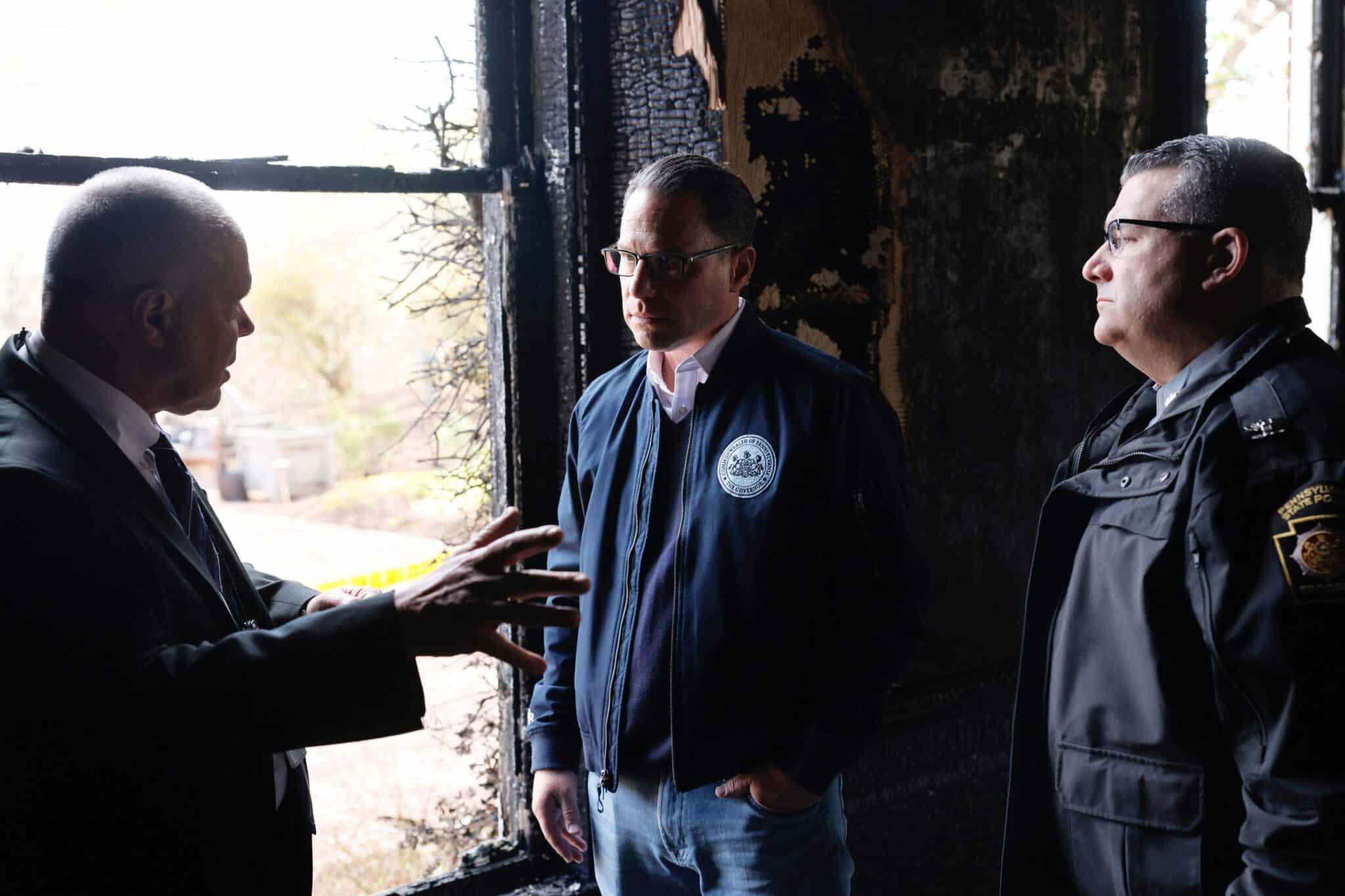American Experience on PBS, June 27 (check local listings)
Joan of Arc disguised herself as a man to fight the British. Deborah Sampson did it for the same reason in the Revolutionary War. Be it film, literature, theater, television, or politics: Cross-dressing or other forms of gender nonconformity have been embedded in our history since time began. Though director Sébastien Lifshitz’s earlier films have addressed LGBTQ+ themes to great acclaim, in Casa Susanna, he unveils something entirely fresh and powerful here, a thoughtful examination of identity and community.
Deep in the Catskill town of Jewett, New York, is a nondescript farmhouse dotted with bungalows on its 150 acres. Ensconced by an expanse of trees in every direction, the resort looks like a secret kingdom, and for cross-dressers and the trans community in the ’50s and early ’60s, it was. This was illegal activity at the time, so Casa Susanna offered a kind of safe harbor.
The documentary primarily focuses on four people: Gregory, whose grandmother Maria was married to Tito (the titular “Susanna” when dressed as a woman); Betsy, the daughter of Donald, an author, cross-dresser, and frequent visitor of the resort; and Katherine and Diana, trans women who reminisce about Casa Susanna’s glory days. Interspersed throughout the film are candid photographs of countless women and men who found sanctuary and fellowship within this private world. The result is a film of quiet power.
While Casa Susanna has no overt political agenda (a relief, to be sure), it’s impossible not to consider its message with what’s going on in the country today. The LGTBQ+ community feels (rightly or wrongly) on the attack, and one need only consider the anti-drag laws introduced in more than a dozen states whose lawmakers deem drag performers more dangerous than AR-15s. But Lifshitz isn’t interested in bold proclamations on this controversy. His intent is simply to celebrate the inherent dignity of those who fall outside traditional gender labels. And are they not also loved by God? How dare we suggest otherwise?
For this reviewer, the one who makes the strongest impression is Diana, a transgender woman who conquered hardships to claim the life she wanted. Her pain and her joy, both of which register equally across her seasoned face, will leave viewers breathless.
How do our two communities band together in harmony? How can we integrate or at least move forward with respect and understanding? Perhaps the answer to this 21st-century conflict can be found in the writings of a first-century prophet: “There is not male and female; for you are all one in Christ Jesus” (Gal 3:28).








